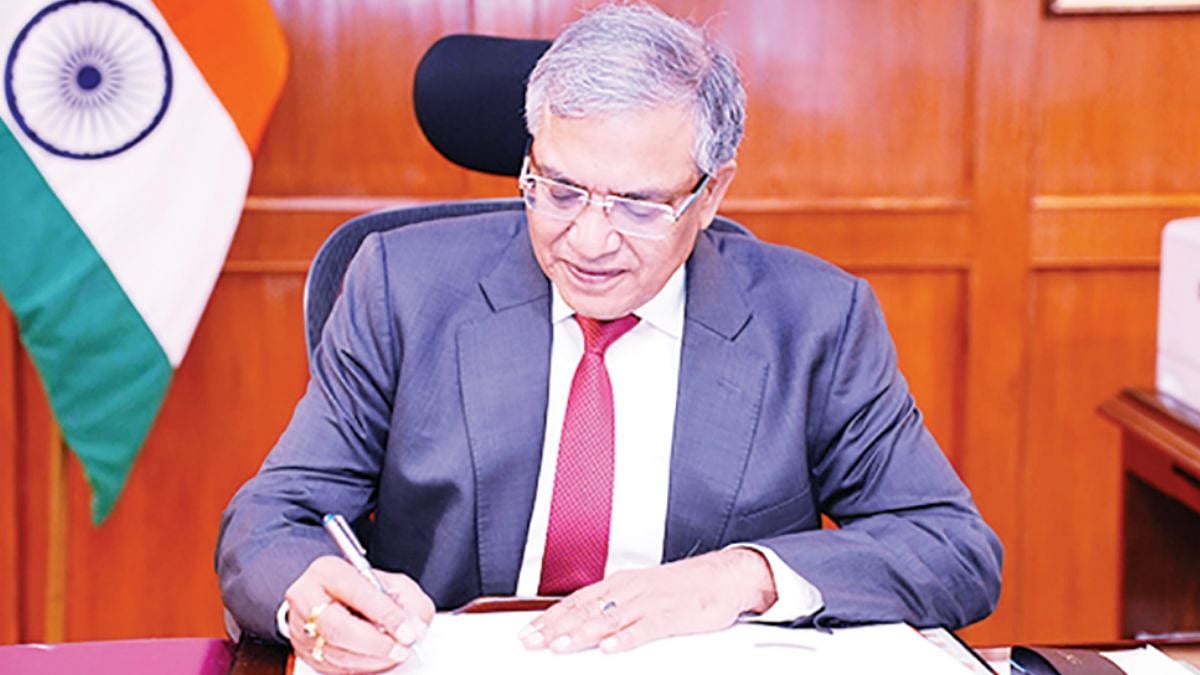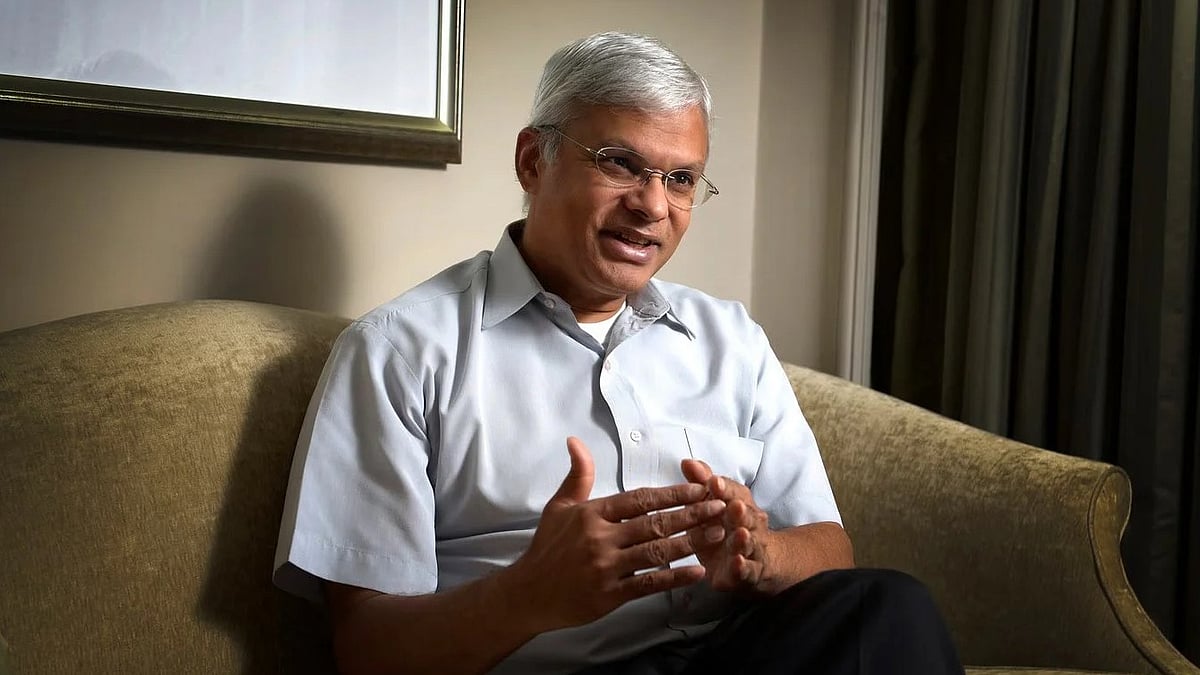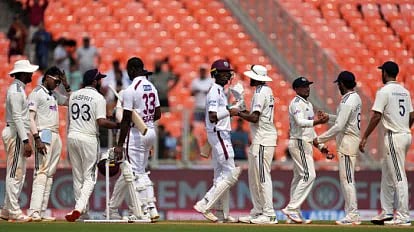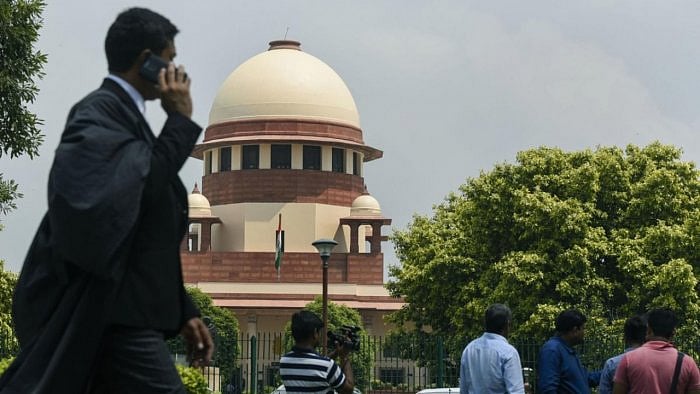If we were to say transportation is to the country what blood circulation is to the body, it would not be an exaggeration. Transportation has always played an important role when it comes to the development of the country. Given its diverse topography, India enjoys a plethora of transportation to choose from. Inland waterways are one of the options, the least developed so far.
There have been discussions in the past decade - within the government and on various forums - comparing our efforts with the success of other countries. Forty-seven per cent of China’s trade is through waterways, while Europe and our neighbour Bangladesh conduct 40 and 35 per cent of their trade thus respectively, whereas India carries out a minuscule 3.5 per cent of such trade. India has about 14,500 km of navigable waterways that include rivers, backwaters, canals, creeks and so on. With a thrust on infrastructure development for speedy economic growth, the government has been promoting integrated waterways as a preferred mode of transport. The Indian National Waterways Act, 2016, was aimed at redefining the transportation landscape of India.
The National Waterways Act mandates the Central government to regulate these waterways for the systematic and orderly development of shipping, and navigation activities. Spread across the eastern, western, southern and central regions of the country, these waterways cover nearly 15,000 kilometres, including the country’s 138 river systems, creeks, estuaries and related canal systems, and can be utilised as a channel to move passengers and cargo within the country and to neighbouring countries. These will enhance the supply chain management, which is imperative to become a global manufacturing hub under the Atmanirbhar Bharat Mission.
Why waterways?
The answer to the question lies in the facts that say they are cost-effective, environment-friendly and can work as a supplementary to the congested and pressured road and rail networks. The cost of developing waterways is far less than those of rail or road. Also, one litre of fuel moves 105 tonnes on inland water transport, thereby reducing the carbon dioxide emission by 50 per cent, as compared to that of trucks.
Western coastline
Given the availability of rich minerals and resources, the west coast districts are suitable for the development of the extractive industry. With the growth potential of these industries, there lies a huge potential for the growth of coastal and inland waterways. Inland waterways are now the focus of the Maharashtra Maritime Board.
Mumbai can lead
If we look at the GDP on the rate of return on a particular river or waterway, it will also help to further understand that the passenger is just as important as cargo movements. When a road is created, we don’t look at what type of traffic is moving on it but on waterways, the focus is more on the size and type of cargo and not on the passenger.
The Mumbai Port Trust is a prime example of moving from cargo to passenger and setting an example for the rest of India. Mumbai has many projects in the pipeline to resolve her transportation issues.
The new water transport projects that have been initiated include the Coastal Road Project, the Mumbai-Harbour Trans link (MTHL), the Roll-on-Roll-off (RoRo) services for Alibaug, the Thane-Borivli creek connection, the Thane coastal road and Thane-Navi Mumbai intra-city water services. All these projects are going to benefit the infrastructural development of the city and industry in the long run.
The Coastal Road Project: It will not only solve the present problems of commuting but will ensure that it is ‘future-ready’ to propel the city’s economic growth. From a real estate development perspective, we see the advantage that these infrastructure projects will create and there is no doubt waterways transport will have a similar positive impact.
The Mumbai Trans Harbour link (MTHL): The 22km bridge connecting Sewri in Mumbai and Nhava Sheva port in Navi-Mumbai will be a game changer. Connecting two twin cities will boost commercial as well as residential real estate.
Issues eclipsing the success of waterways across the country: The government is facing challenges in establishing robust waterways systems bypassing issues like seasonal river flows, dry summers, low-height bridges obstructing traffic and diverting river navigation without hurting irrigation and drinking water needs. The other main problem with inland water transport is that the river needs enough depth throughout the year to be available as an inland waterway. Many Indian rivers do not have that level of water. It translates into extensive dredging of riverbeds to make them navigable. The government needs to find alternatives to make the project financially viable. These waterways linkages will redefine the infrastructure landscape in Mumbai as well as India. It will open broadways to enhance trade and commerce boosting GDP of the nation with a multiplier effect.
The writer is National President, NAREDCO










